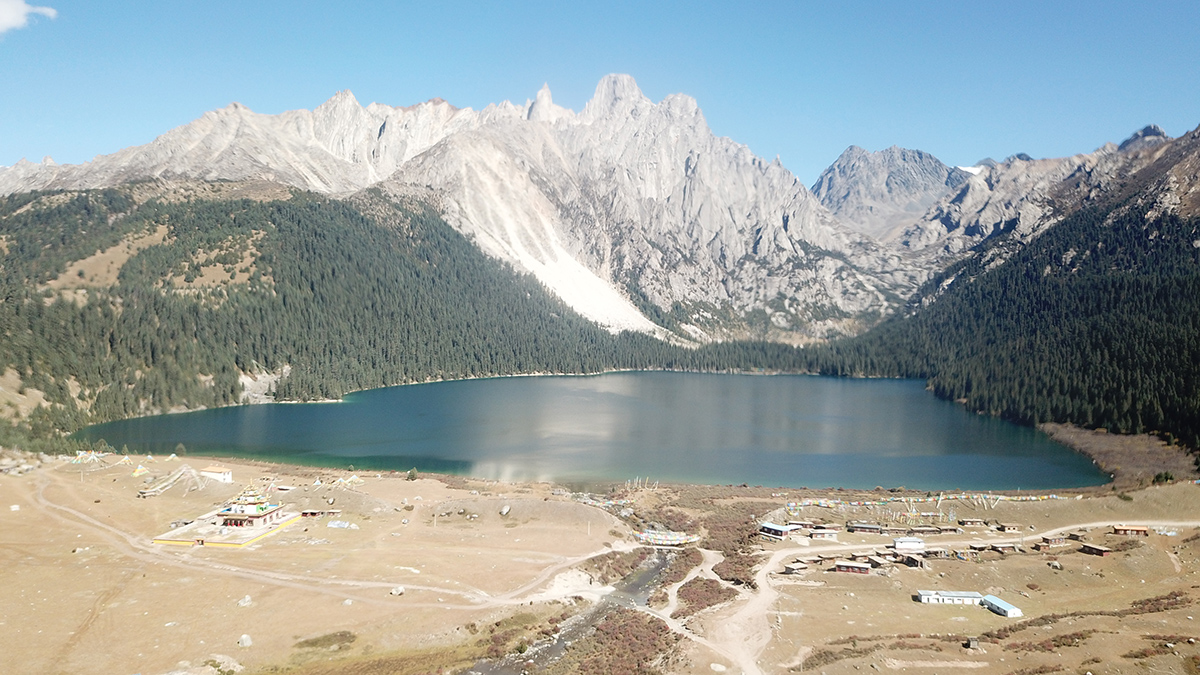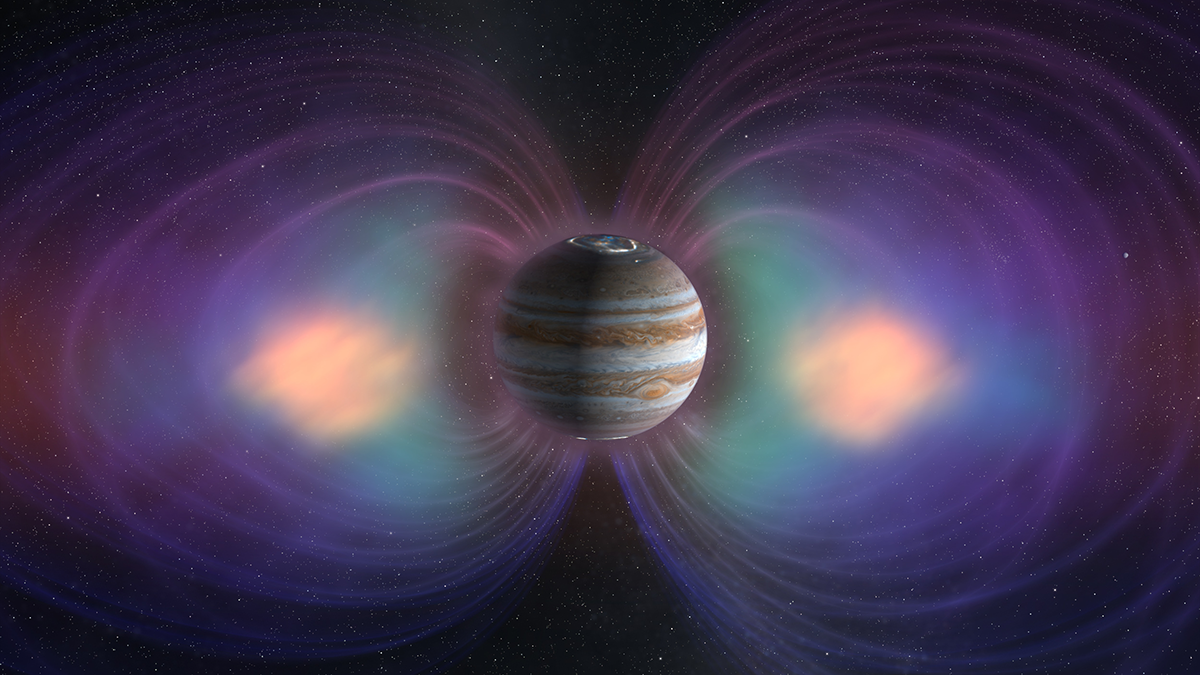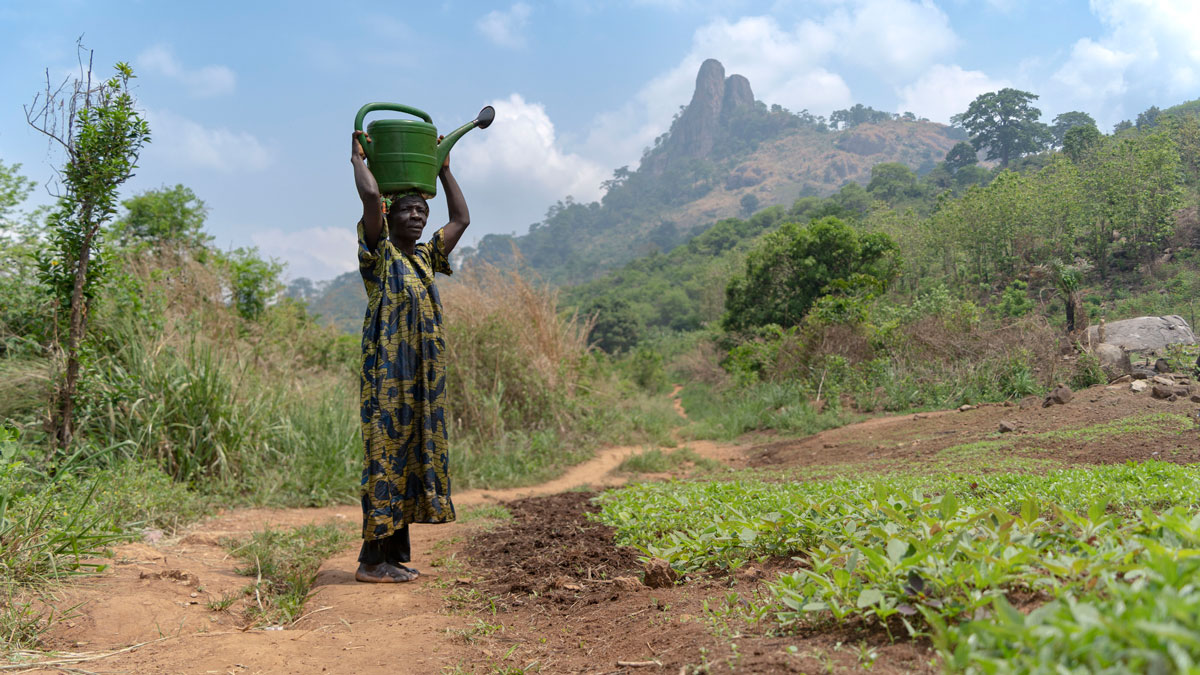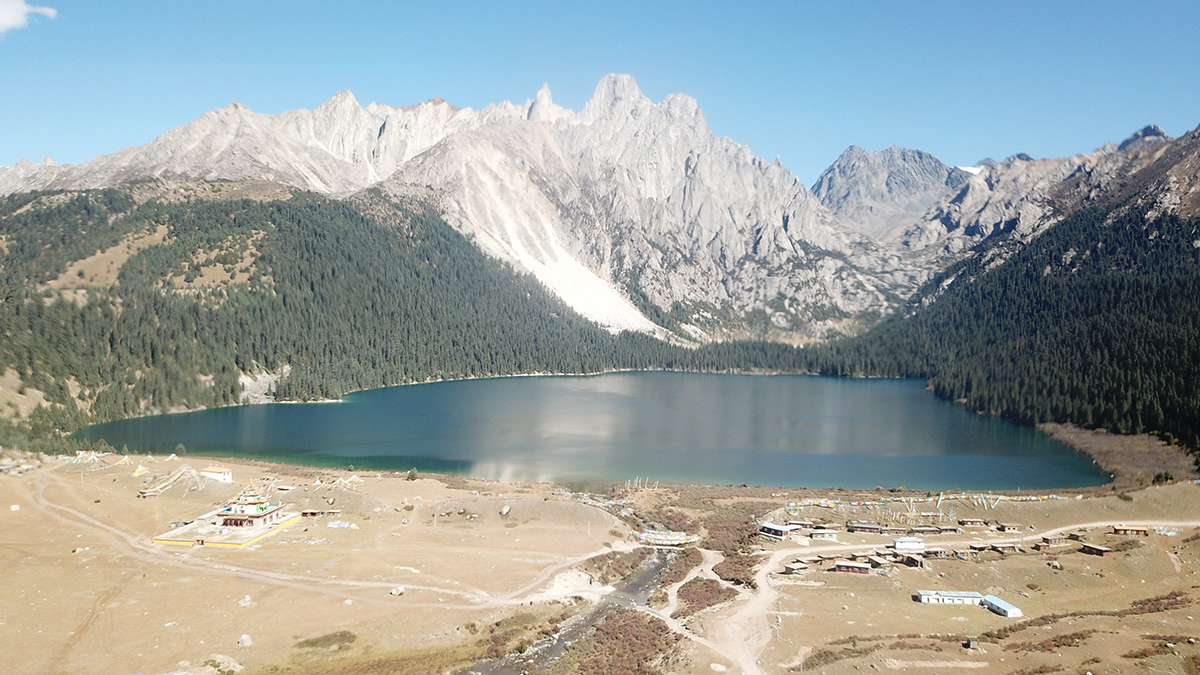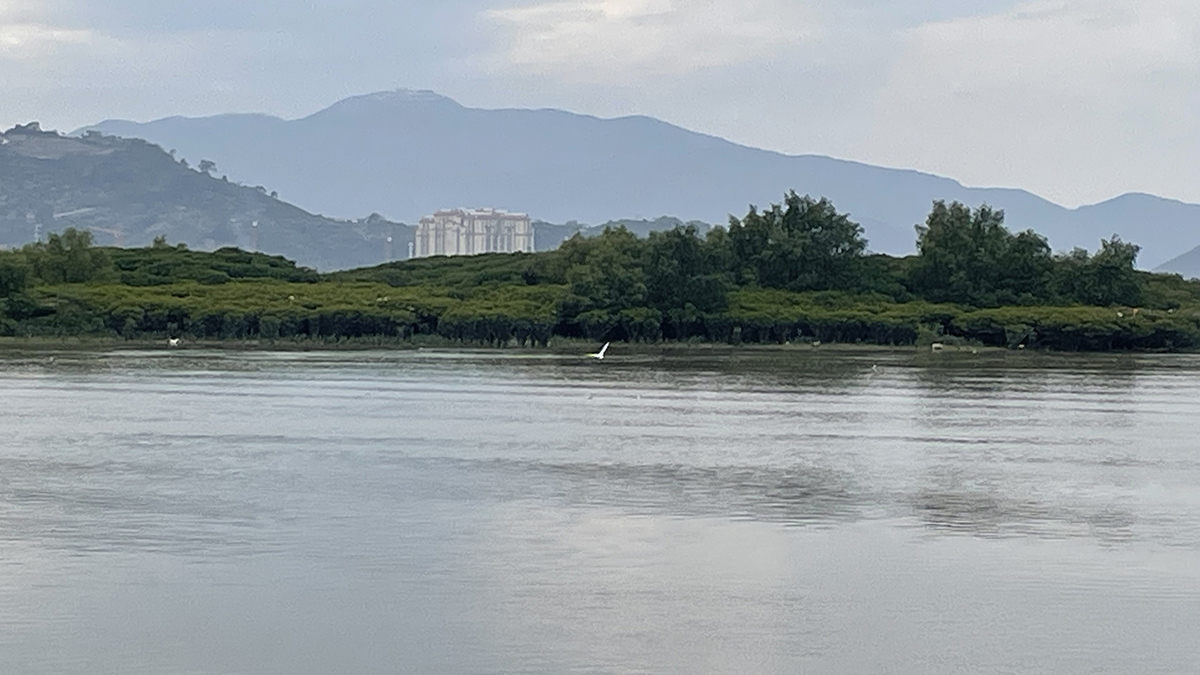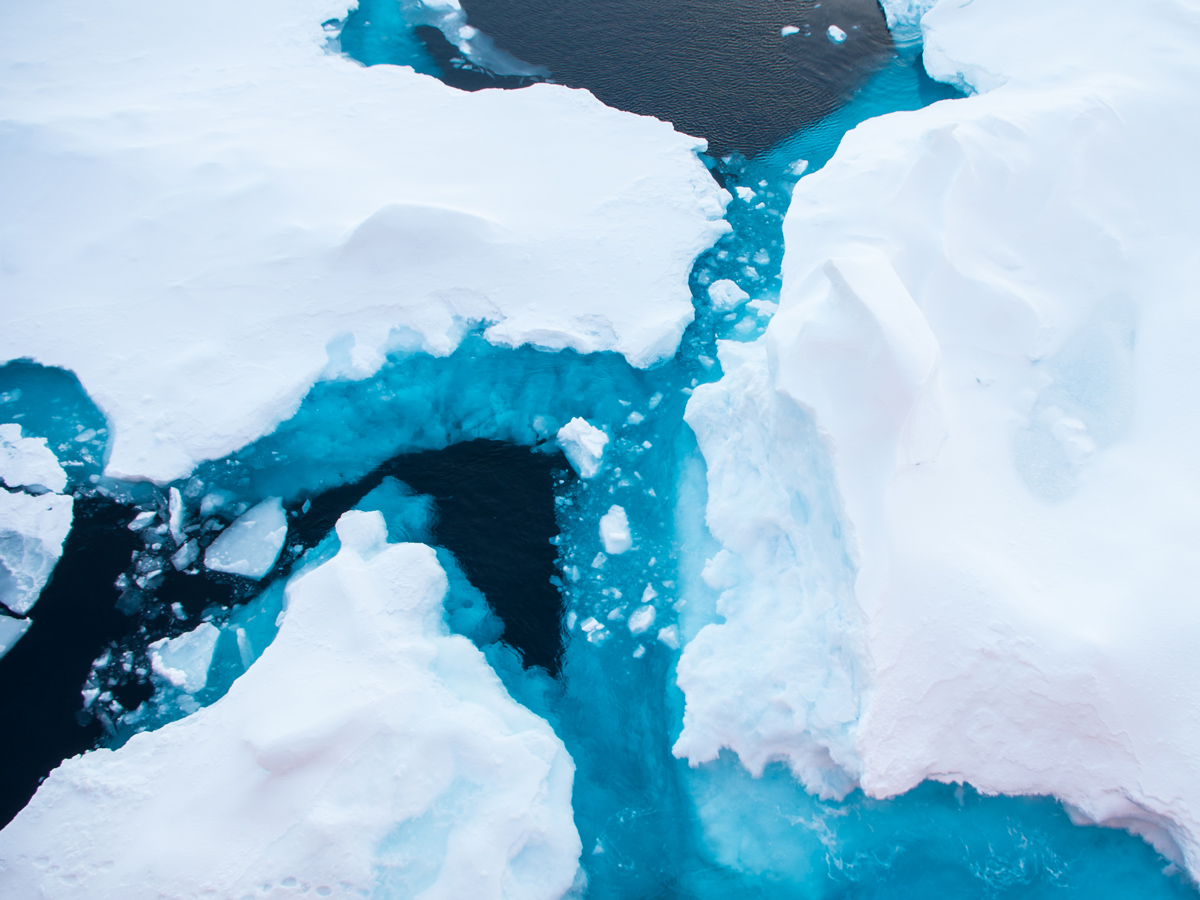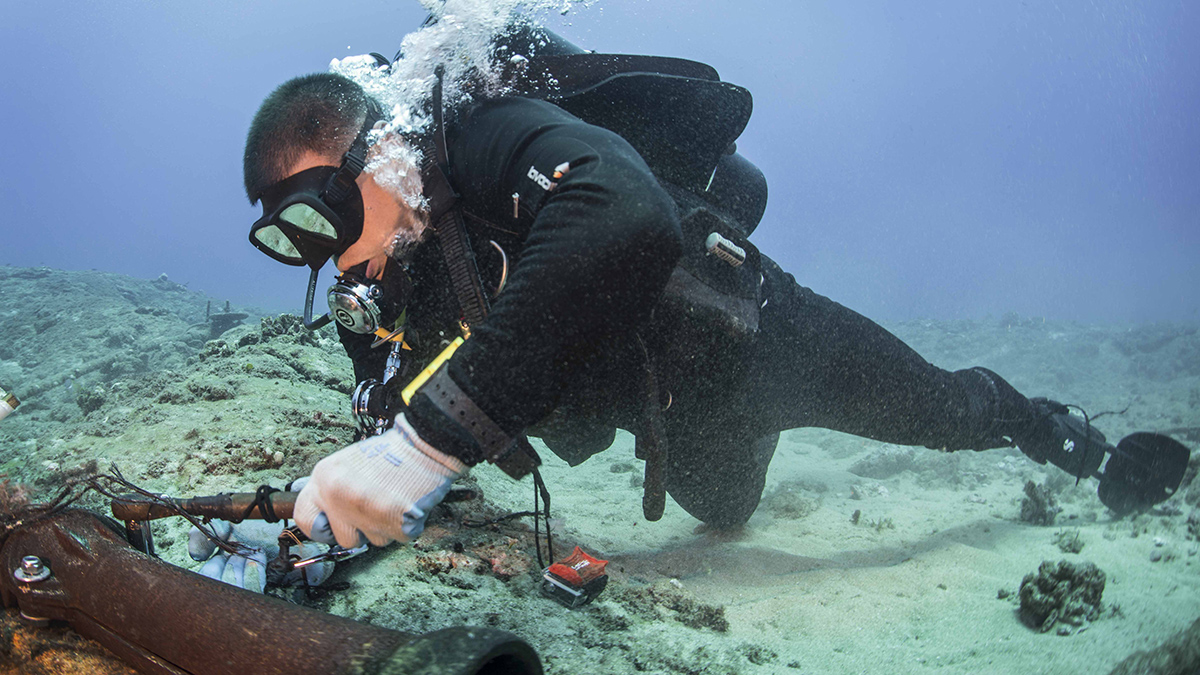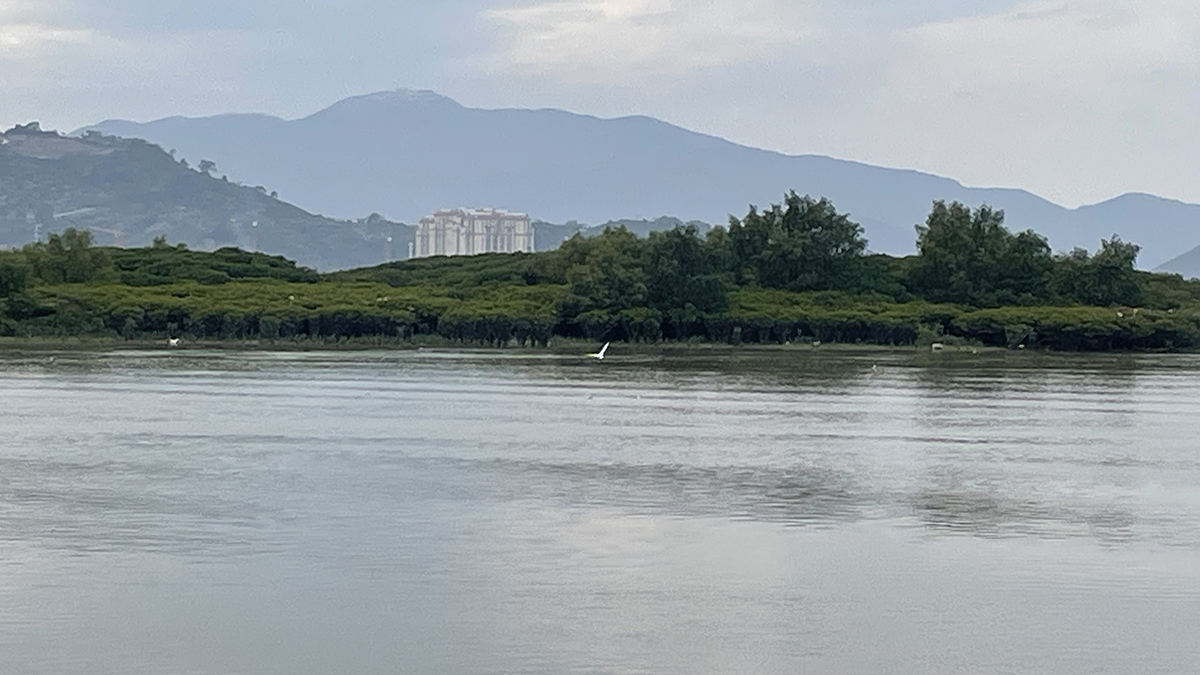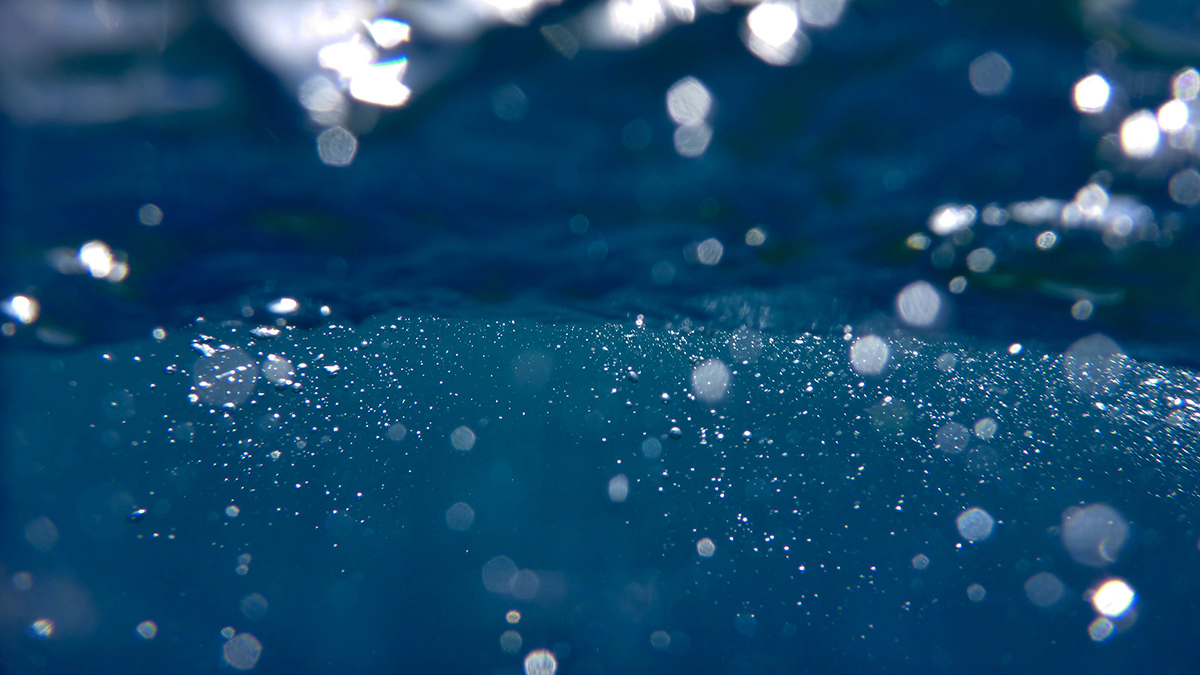提示:地震发生后,湖泊的地质、化学和生物成分会重新配置。一项新的研究深入探讨了地震变化对喜马拉雅地区措普湖的影响。
Research Spotlights
Research spotlights are plain-language summaries of recent articles published in AGU’s suite of 24 journals.
A Solar Wind Squeeze May Have Strengthened Jovian Aurorae
Juno spacecraft data suggest an extreme compression of the planet’s magnetosphere in December 2022, caused by the solar wind, briefly brightened the ultraviolet light displays.
When Rain Falls in Africa, Grassland Carbon Uptake Rises
Satellite data suggest an explanation for the continent’s high year-to-year variability in carbon uptake.
How Earthquakes Shake Up Microbial Lake Communities
After an earthquake, a lake’s geological, chemical, and biological components get reconfigured. A new study dives into the effects of seismic shifts on the Himalayas’ Lake Cuopu.
Abrupt Climate Shifts Likely as Global Temperatures Keep Rising
A computer vision technique modified to scan climate model data is helping scientists predict where and when rapid climatic shifts will happen in the future.
A Transatlantic Communications Cable Does Double Duty
A new device enables existing submarine cable networks to measure deep-sea movements. It could ultimately help improve tsunami warnings and climate monitoring.
How Plants Respond to Scattered Sunlight
A new study investigates how diffuse light affects evapotranspiration and carbon uptake across forest, grassland, shrub, and agricultural areas.
Tracing Black Carbon’s Journey to the Ocean
Scientists surveyed a trio of estuaries in pursuit of a missing source of oceanic dissolved black carbon.
More Bubbles Means More Variation in Ocean Carbon Storage
A new model accounting for the role of bubbles in air-sea gas exchanges suggests that ocean carbon uptake is more variable than previously thought.

